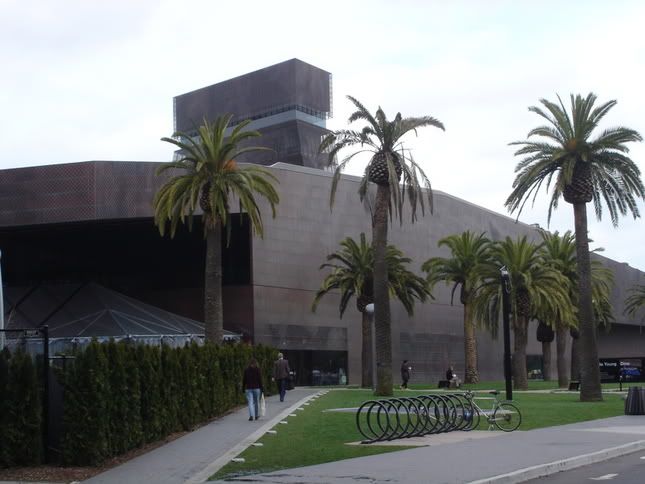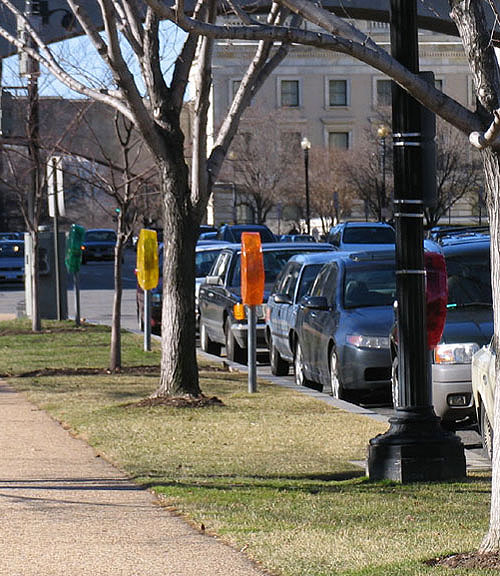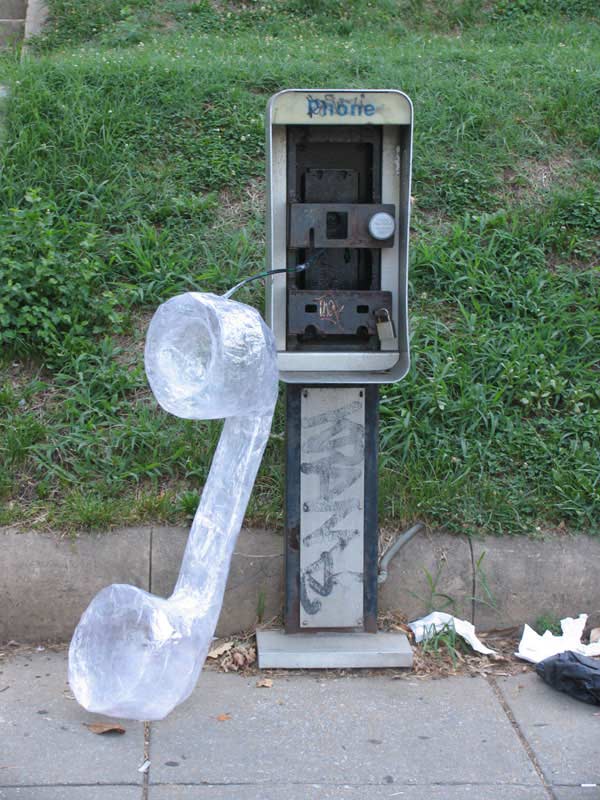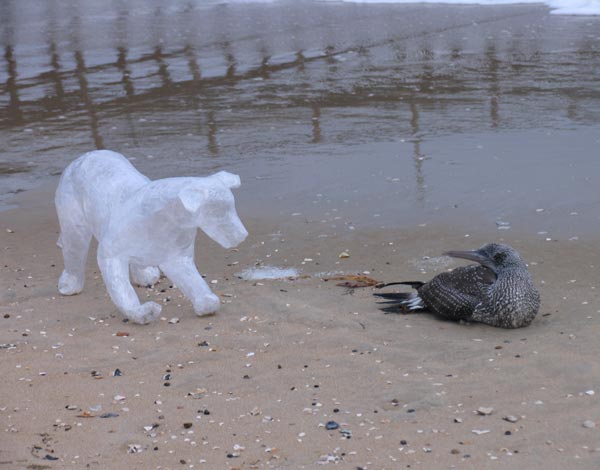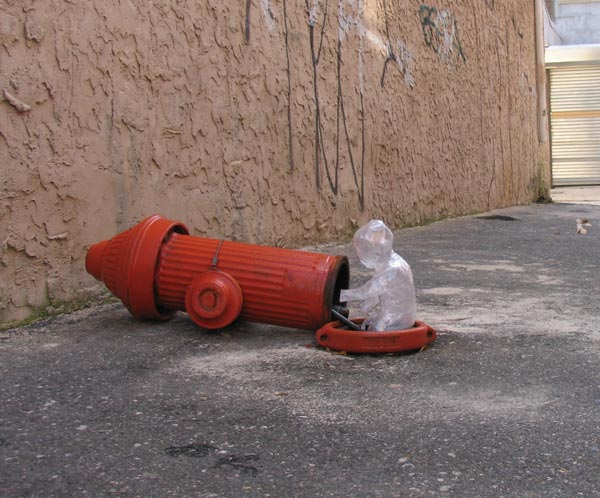Photo-unrealism
Every once and a while you come across a concept so dense that it makes your brain hurt. This is just the sensation caused by trying to delve into the meaning of Olivo Barbieri's aerial photography.His photos intentionally distort and blur famous buildings and landscapes to make them appear like an artificial model. In other words, he makes pseudo-simulacra - images that appear to be representations of artificial copies but are in fact representations of reality. In a sense, he is intentionally disguising the representational relationship of his work to the "original" - in this case the building or area he is photographing. It is all very "meta" and could have you discussing the various layers of meaning for hours.
But his work is also just fun to look at, as you can't believe that the subjects of his photos aren't actually balsa wood models. Check out some reality bending examples of Barbieri's work here. A few of my favorites are below.
Via Metropolis.

The Coliseum, Rome

Santa Monica Pier, CA







